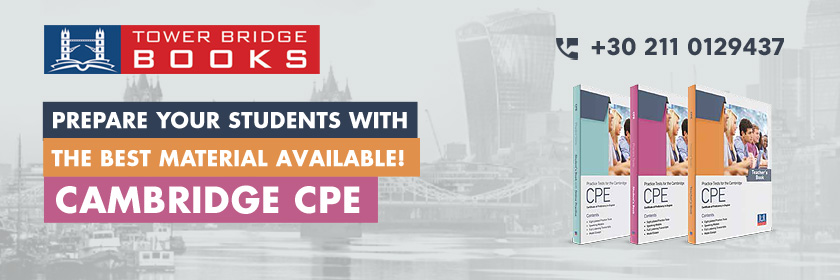In these cases, it’s important to remember that all students will get something out of the class, but not necessarily the same things, and not necessarily what you aim to teach them! For example, the beginners may begin to get a grasp of your classroom language whilst the stronger students may begin to be able to put a new tense into use.
Adapting materials for mixed ability classes can take different forms.
- One way to adapt materials is to rewrite reading texts and grade the language accordingly for different levels. In an ideal world where a teacher has all the time in the world to prepare their classes, this may be the perfect solution. However, the reality is that this sort of adaptation is extremely time-consuming and not many teachers can actually go to this length to adapt materials for mixed-level groups. Another problem that can arise with this sort of adaptation is that it can be awkward to give out different texts to different students. There’s a danger that they will instantly realise that they have been labelled as a weak or strong student and, in the case of the weaker students, this will no doubt affect their motivation.
I would like to offer some ideas of how you can support your weaker students and offer extension activities for your stronger students whilst using the same materials as the starting point for the class. This way the preparation time involved for the teacher isn’t drastically higher, and the group can still work together for most of the class.
Tips for good classroom management with mixed ability groups
- Grouping
It may seem contradictory to suggest that you group stronger students together and also suggest that you group weak with strong. However, depending on the task and the class dynamics I think there are usually opportunities for both types of grouping. It’s a good idea to experiment with mixing up
the strong and weak students whilst also giving time for stronger students to work together so they work to their full potential.
- Giving Instructions
Giving clear instructions is vital for weaker students to be able to follow the class. Use hand gestures as well as words to explain the tasks and use stronger students to check back the instructions and even explain the task in their own language if necessary.
- Error correction
Stronger students can probably stand more correction. Don’t overcorrect weak students as it will affect their confidence. Encourage students to correct one another and demand a higher level of accuracy from the stronger students.
- Setting goals
Setting goals for each class or for the whole term will help to focus the students. The goals can be different for each student, depending on their level, but realising the goals will give the same sense of achievement to all.








